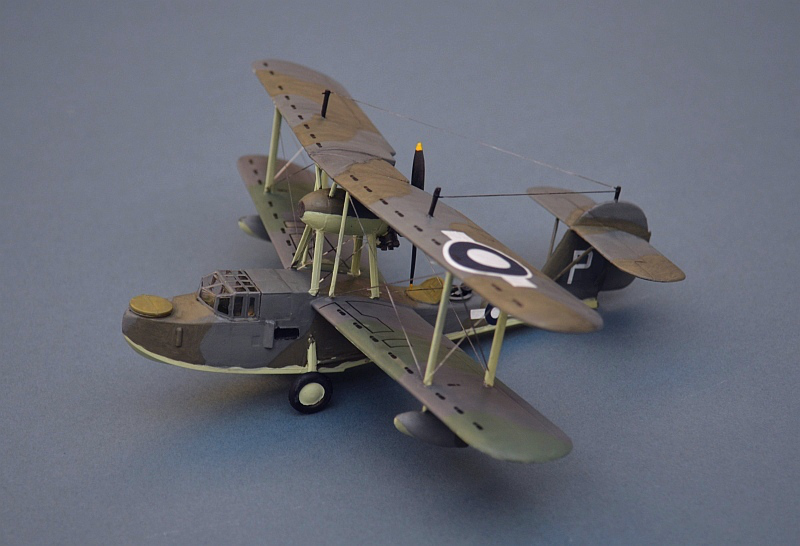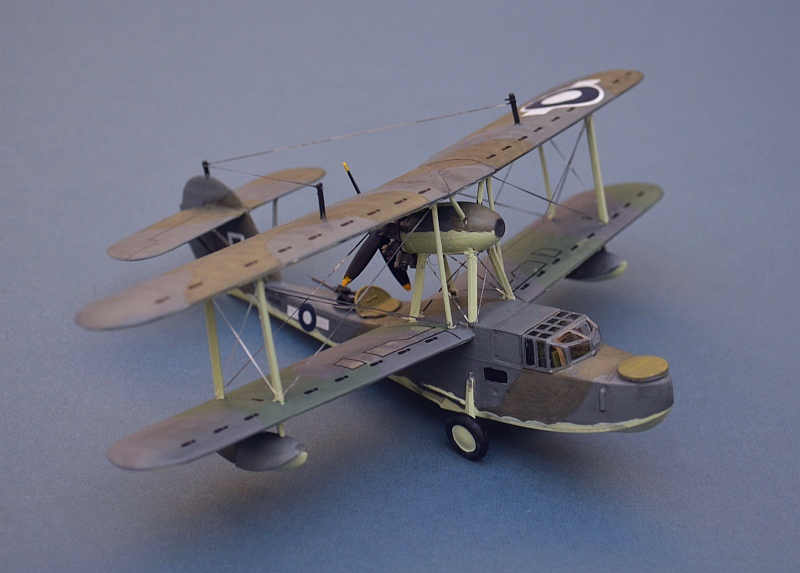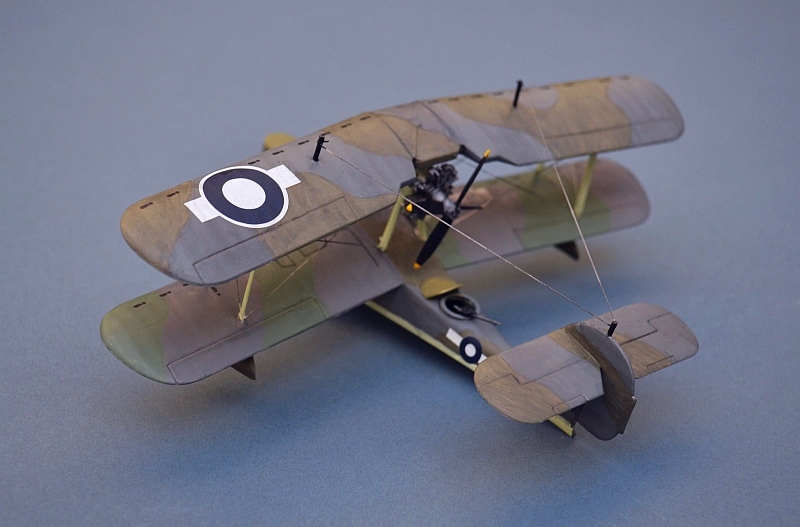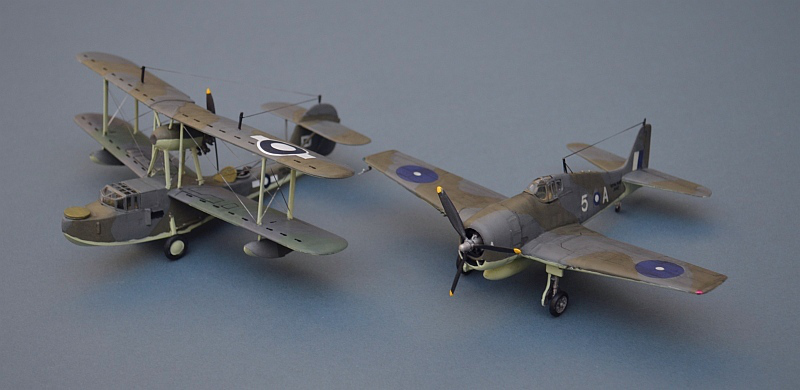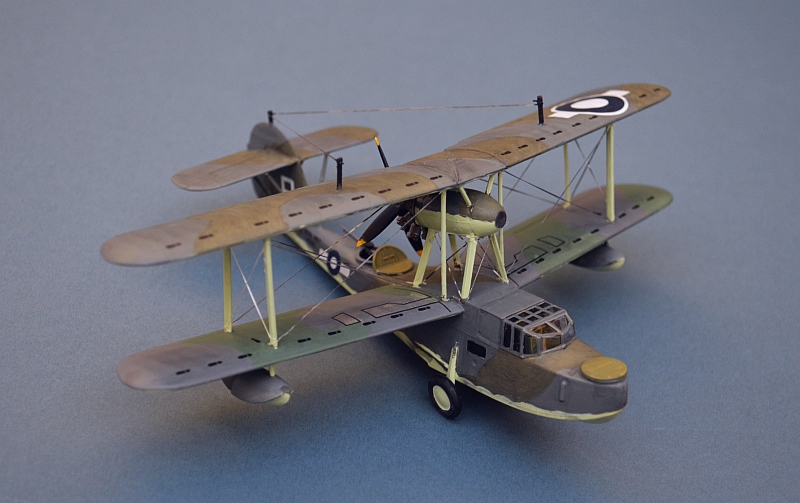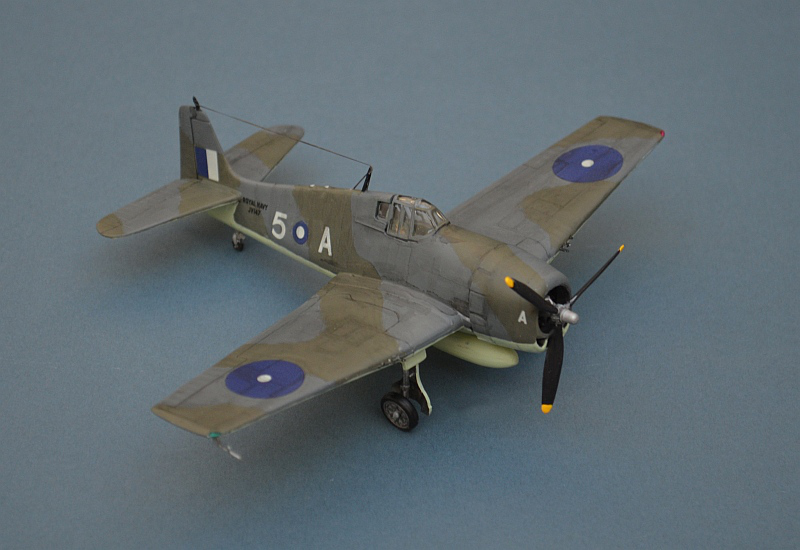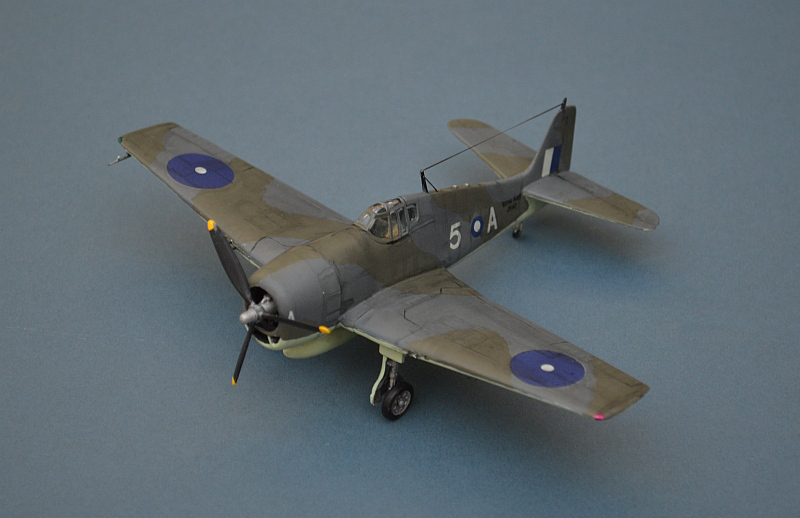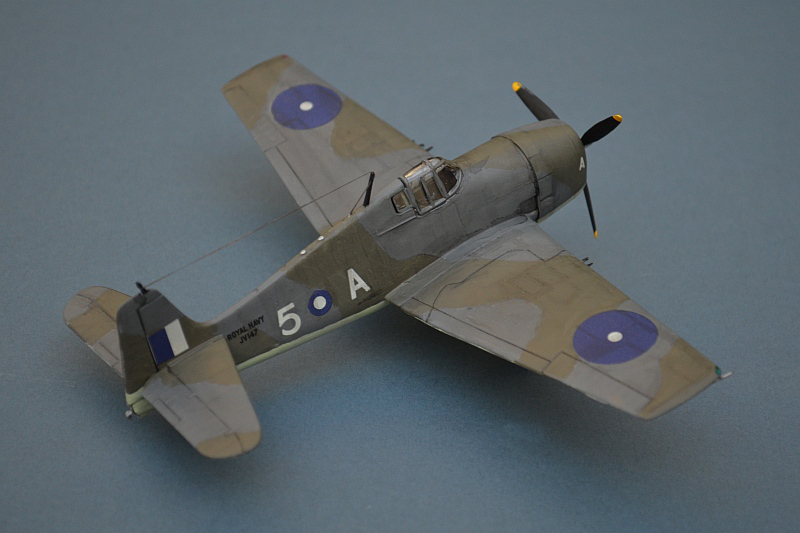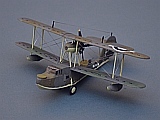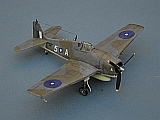December 2014
Supermarine Walrus
Grumman Hellcat
![]() Selected WW2 70th Anniversaries this month:
Selected WW2 70th Anniversaries this month:
Between 2009 and 2015, I have set myself a general modelling theme based on selected 70th Anniversaries from WW2.
The end in Europe is now very close, but the Nazis make one more attempt to stem the Allied advance in the Ardennes.
1 Dec 1944 -
3 Dec – The Home Guard is stood down -
16 Dec -
23 Dec – Surrounded US forces in Bastogne are running short of ammunition when the skies over the Ardennes finally begin to clear and the Allied counter attack begins.
24 Dec -
31 Dec – Organised Japanese resistance in Leyte ends with very heavy losses on all sides. Mop up operations against isolated Japanese troops will continue until May 1945.
The stubby and functional Supermarine Walrus will be a fairly familiar sight to modellers. Designed by the famous RJ Mitchell (who also designed the far more elegant Spitfire), it firs t flew in 1933 and remained in service throughout WW2 and on into the 1950s.
Originally flown by the Fleet Air Arm as a spotter aircraft from light Cruisers and
battleships, the Walrus became equally well known as an Air-
As spotter aircraft were withdrawn from ships, several Walrus remained in service operating form carriers as general communications aircraft.
The subject of the model is an aircraft used in this role, operating from HMS VICTORIOUS
in December 1944 and sporting the distinctive US-
www.gengriz.co.uk
Background Image: Hawker Sea Fury (© gengriz.co.uk)
Revell have released this excellent ex-
The kit mostly builds well, although I found the alignment of the engine pod struts was difficult, plus the undercarriage once assembled and fitted was very weak. I added several elements of cabin interior detail from sprue strips, plus the distinctive radio aerials and their mounting posts.
As expected, the Revell decals were very good, although I ended up with a little silvering on the walkway markings on the lower wings, despite liberal application of Klear.
I have two more of these in the stash, plus an Airfix version, and I look forward to building them all.
Have a look at my "RN Flight Deck” pages for more Fleet Air Arm models
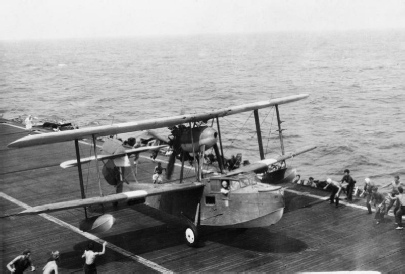
© Crown Copyright IWM (A 29814)
1839 Sqn Fleet Air Arm, HMS INDOMITABLE,
British Eastern Fleet, Indian Ocean, November 1944.
Frog 1/72
To finish the month and continue the 70th Anniversaries theme, here is another of my FROG Hellcat stash, once again using the kit decals, but this time for an aircraft of 1839 Sqn operating from HMS INDOMITABLE with the Eastern Fleet in the Indian Ocean, toward the end of 1944.
Comparison with the Hasegawa Hellcat reveals just how basic and poorly shaped this kit is, with a strangely skinny fuselage and undercarriage oleos that are far too short. I have addressed the latter by inserting some sprue to raise the aircraft up slightly.
This particular kit came in a late FROG box, with the deteriorating quality of moulding and unpleasant plastic suggesting that it is a very late FROG, perhaps even one of the early USSR produced kits (just before FROG collapsed and NOVO took over).
